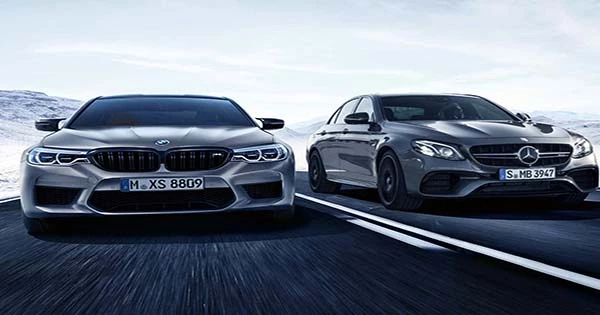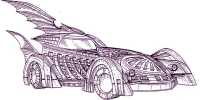Mercedes-Benz unveiled the Vision EQXX concept car on Monday, which intended to depict how the automaker’s electric future would appear. What is the bottom line? An eye-catching appearance paired with cutting-edge engineering that crams power, efficiency, and range into a small and sporty vehicle. The EQXX is a halo car, according to Mercedes, which evolved from concept to prototype in 18 months during a digital presentation ahead of the CES electronics trade event.
The car intended to serve as a basis for the company’s future electric automobiles. The goal was not merely to improve the outside appearance or include a large infotainment display, though both are included in the EQXX. Instead, the EQXX was utilized as a testbed to see how far the corporation could push design and engineering. The company focused on increasing the energy density of its battery and increasing overall efficiency by reducing the vehicle’s weight by using lightweight materials for the battery case and brake discs, an aerodynamic design with a Cd 0.175 drag coefficient, ultra low-rolling-resistance tires, and a new compact electric drivetrain.

The electric-only chassis is built on a lightweight F1 subframe and incorporates a 900-volt electric architecture, Mercedes claims was a particularly beneficial research instrument in the development of power electronics. Other features include ultra-thin roof panels that feed the battery system, providing up to 15.5 miles of additional range.
The result is a car that, according to Mercedes, can go 620 miles on a single charge and has a 95 percent efficiency rating, meaning that 95 percent of the energy from the battery is transferred to the wheels. The business used its R&D department as well as members of its Formula 1 and Formula E teams to create this futuristic and efficient EV.
“They’re demonstrating that technologies from motorsport — where powertrains are already heavily electrified — have direct significance for road vehicle development,” said Markus Schäfer, Daimler AG board member and Mercedes-Benz AG’s development and procurement CTO. Rather than just expanding the battery capacity, Mercedes-Benz and its HPP team created a new battery pack with an energy density of about 400 Wh/L.
This benchmark value, according to the manufacturer, is what allowed a battery pack with just less than 100 kWh of useful energy to fit inside the EQXX’s tiny proportions. “In fact, we fitted the EQS’ energy into the vehicle proportions of a tiny car,” said Adam Allsopp, HPP’s advanced technology director, referring to the EQS electric vehicle, which will release in 2021. “The battery contains about the same amount of energy as the original, but it’s half the size and 30% lighter. The battery management system and power electronics were created with the goal of minimizing losses. We learned a lot in accomplishing this efficiency milestone, which will be incorporated into future development efforts.”
The business was able to enhance energy density in part due to “substantial advancement” in the chemistry of the anodes, which have a greater silicon concentration and advanced composition than widely used anodes, allowing them to retain significantly more energy.
Sloping fronts with a gloss-black grille with rose-gold accents, as well as a 2D star design on the front bumper, define the appearance. The headlights are made up of two star-shaped parts, the bigger of which houses the low- and high-beam light arrays behind a central lens. This star arrangement, together with the 2D star pattern on the bumper, Mercedes claims, serves as a glimpse of future model front-end design details. When you get to the back end, you will find a pleasant surprise: a retractable rear diffuser.













